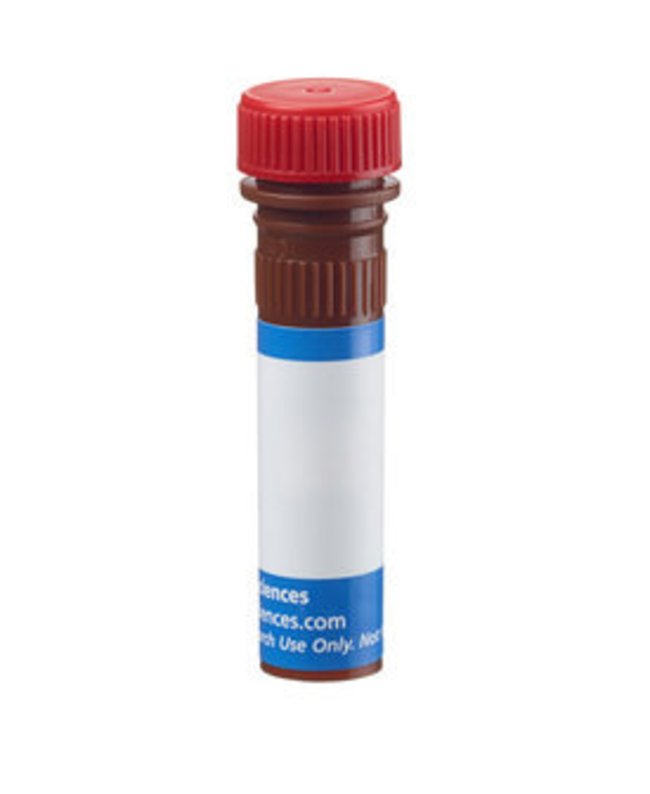CD5 Rat anti-Mouse, PE, Clone: 53-7.3, BD, Rat Monoclonal Antibody, Each

Details:
The 53-7.3 clone has been reported to react with a monomorphic epitope of CD5, a member of the scavenger receptor cysteine-rich protein superfamily and the major ligand of CD72, found on thymocytes, T lymphocytes, thymic NK-T cells, and a subset of B lymphocytes, but not on NK cells or splenic NK-T cells. The level of surface CD5 expression is developmentally regulated in the thymus, starting with low levels on CD4-CD8- thymocytes and increasing as they mature to CD4 CD8 then CD4 CD8- or CD4-CD8 thymocytes. Relatively high levels are maintained on peripheral T lymphocytes. The level of CD5 antigen detected on T helper cells has been reported to be somewhat higher than that on T cytotoxic/suppressor and B cells. Few, if any, intestinal intraepithelial lymphocytes bearing the γδ T-cell receptor express CD5. Phenotypic, anatomical, functional, developmental, and pathogenic characteristics of peripheral CD5 B cells suggest that they may represent a distinct lineage, known as B-1 cells. The frequency of these CD5 B cells has been reported to show strain-dependent variation. An additional population of CD5 B lymphocytes resides in the thymus, where it matures from intrathymic B-cell progenitors. It has been proposed that CD5 is a costimulatory molecule which mediates interactions of cells in the immune system and negatively regulates signal transduction mediated by the T-cell receptor and B-cell receptor. This antibody is routinely tested by flow cytometric analysis. Other applications were tested at BD Biosciences Pharmingen during antibody development only or reported in the literature.Host Species: RatClone: 53-7.3Isotype: IgG2a κSpecies Reactivity: MouseImmunogen: Mouse Thymus / SpleenFlow Cytometry
Additional Information
| SKU | 10133326 |
|---|---|
| UOM | Each |
| UNSPSC | 12352203 |
| Manufacturer Part Number | 553022 |
